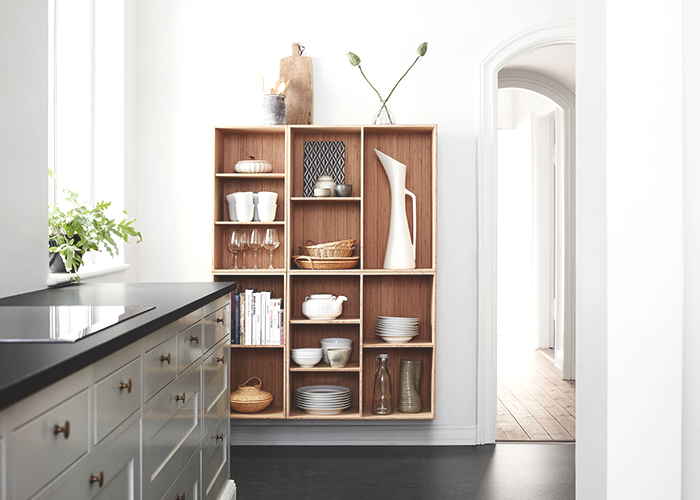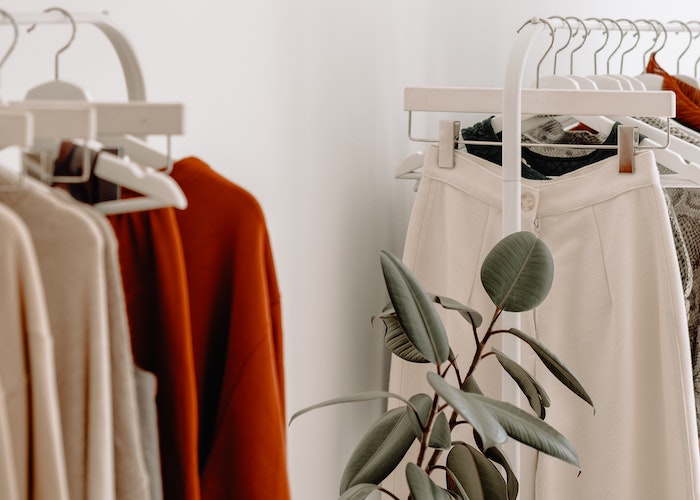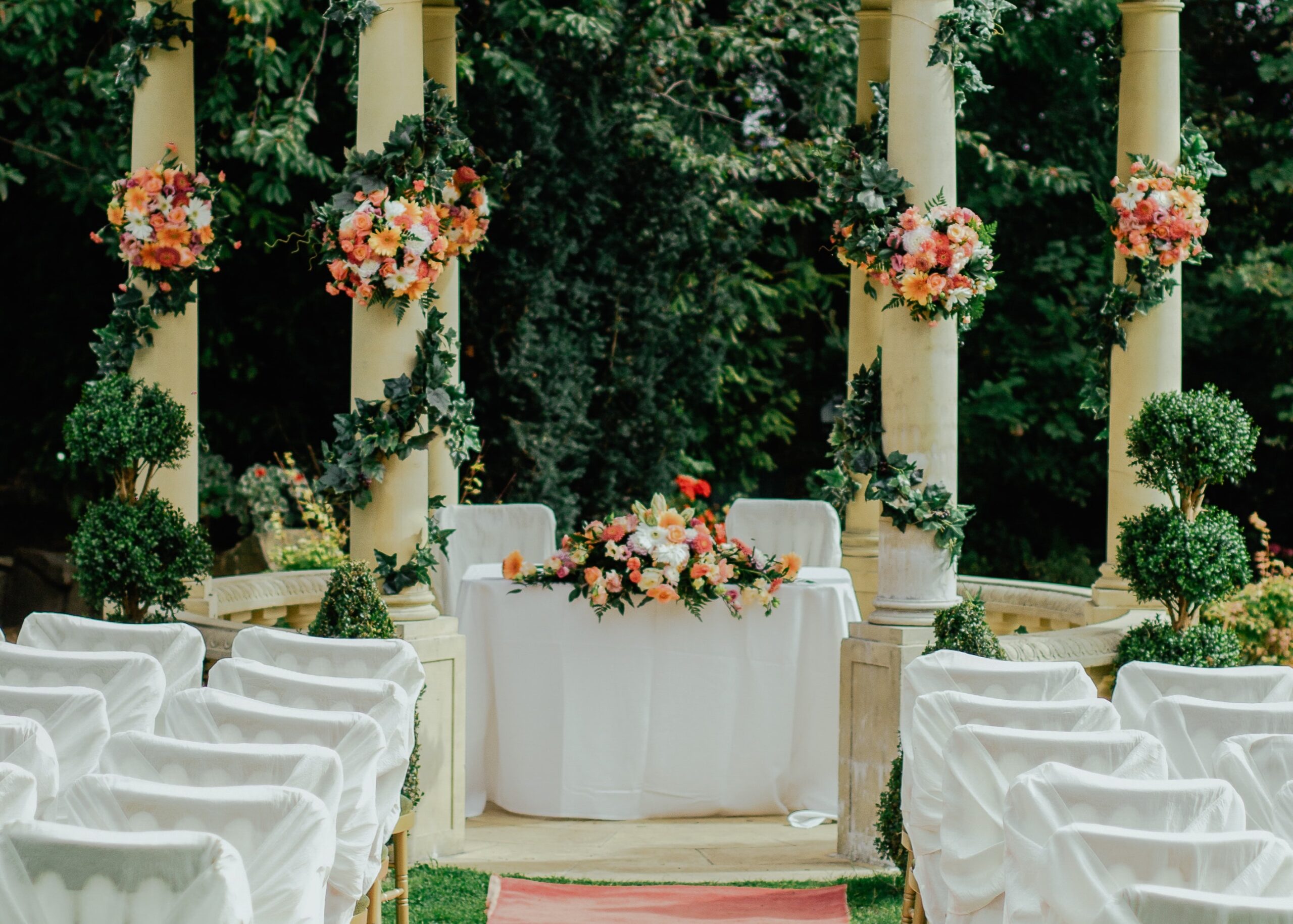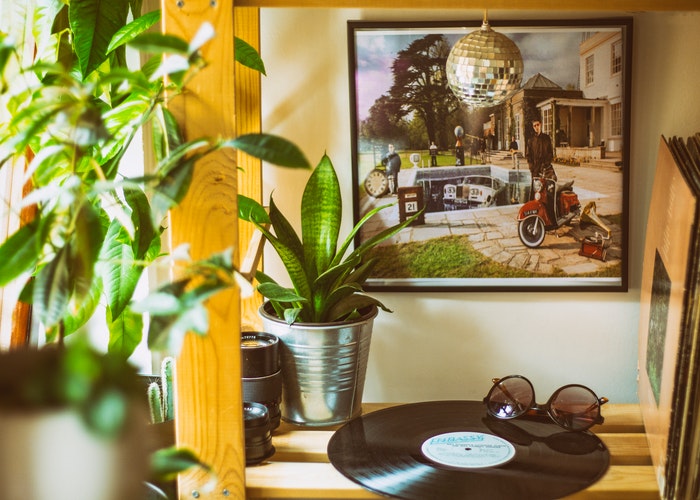How To Live With Clutter & Still Embrace “Minimalism”

At the end of my first year of law school, as a result of circumstances out of my control, I found myself moving out of my shared dorm room in the middle of the city, without a place to live. I crowd-sourced, and found a friend who was moving out of his junior one bedroom in a neighborhood farther out, where I could live alone for the same rent as my portion of a three-person dorm.
When I moved in, I had about three boxes, a suitcase of books, a bag of bedding, and a backpack. Oh, and a yellow lamp. I’d had no room for anything but the basics in my dorm room, and in my new apartment, I suddenly had twice the amount of space — all to myself, to fill as I pleased. I took immense pleasure in selecting things for my apartment. I went to the biggest H&M in the city, and walked out with giant pillows under my arms. I spent an hour circling Bed, Bath and Beyond, looking for the perfect shower curtain to buy with the 20% off coupon I received in the mail. I hauled eight $4 candles home from TJ Maxx that March, and remember feeling a profound sense of settlement when I put the one discounted Christmas candle I found on a high shelf out of the way, knowing that it would be waiting for me, in that exact spot, the next year.
For the first time in about six years, I did not have plans to move over the summer. That Christmas, I wanted to buy my own Christmas tree for the first time, and since the top of the one I picked was broken, they gave it to me for $45 instead of $65. I wrapped my arms around it to carry it to the metro, where it rode next to me, all the way home. I stuck the broken top in place with some red ribbon, made a cup of $1 hot chocolate, and decorated it with ornaments I had bought in the early sales, weeks before Christmas, all alone — but perfectly happy.
When I first moved, I bought two sets of sheets, and quickly returned one of them because it was unnecessary, and I needed to save the money. To have two sets of sheets was a privilege I could not yet afford, and I felt guilty for even thinking it was possible. But a year later, I went back and bought the second set of sheets again — and another set of dishes, and an extra pan. In the intervening year, I had gotten a job, so now I had gotten to the point where I could afford to have more than just what was absolutely necessary. I could afford doubles. I remember when I got my second throw blanket, and feeling like it was the biggest luxury in the world to choose if I wanted the white or the pink blanket each night. To not have to wash each dish as soon as I used it, because it was the only mug or plate or bowl I had. To have two candles burning at once. To burn them all day.
I had a friend try to convince me to read The Life-Changing Magic of Tidying Up as I was getting ready to move. She said, “You’ll get rid of half your stuff, and moving will be so easy.” I said, if I did that, I would have nothing left. To me, the magic was in collecting. It felt like a privilege to clutter my shelves. I had endured the lean student years of eating popcorn for dinner when I had no grocery money left, window shopping without spending a penny, and only reading library books. Now, I could afford a second bookshelf, and put as many $1 used books as I wanted on it. I have a rug. The unimaginable luxury of a full-sized rug.
The transition was difficult, and I had a hard time convincing myself that it was okay to spend money on things for my home when I already had the essentials. The internet is saturated with articles about how to get rid of things, how to live with less, and the benefits of a minimal lifestyle. Anything that tells you “buy this” is usually the result of a marketing agenda, trying to convince you that you will not be happy until you try this mascara, this kitchen mixer, this raincoat. The narrative around buying things to bring into your home is that you are less without their product, and if you want to become happier, healthier, more successful, whole, you will buy it.
What is far rarer in our society that is at once trying to be minimalist and capitalist, is a narrative around conscious consumption. I don’t want to feel as though I am buying into a marketing scheme when I go to The Container Store to buy a new laundry hamper, because even though my current one is fine, it is sort of ugly. I want to take the narrative back, and feel as though I can trust myself to make purchases because the things I buy will bring me joy, not because I am subconsciously bending to a marketer’s will — something Marie Kondo would agree with, even though I don’t want to throw anything away. I am not asking to be completely fulfilled by shopping, of course. But I cannot help but notice how much warmer my space — and thus my life — feels with a blanket thrown over the back of the couch, fairy lights pinned up on the walls, and a candle burning, and the happiness this warm feeling brings me. And you know what? I had to buy each of those things, considering carefully among several options, and with the fact that I still had to buy groceries and pay rent in the back of my mind. I am not asking the cozy things I’ve selected to bring into my apartment to replace the happiness of relationships and feeling successful at school, but I also don’t want to fool myself into thinking that I will be happy in an apartment devoid of those things.
“I love clutter. I think being totally minimal shows a lack of history and soul, and I find it sort of pitiful. I think it’s wonderful to have stuff and live with memories and things you enjoy.” – Iris Apfel
An example is my weakness for mugs. I have an entire shelf in my kitchen devoted to mugs. You could make a seemingly objective argument that I have too many, and I have acknowledged this to myself. But I love tea, and I have different mugs for different types of tea, and for different moods. And besides, they make me happy. Each one. So who cares if it’s more than absolutely necessary? I love each of them, and chose them all carefully.
I am still a student, so I spend a lot of time at home, studying (and making tea). I wanted to feel at home there, and to me, that is worth the money. Now, there are shelves in my bathroom, and my photography on the walls. There’s a cupboard full of mugs and different kinds of tea, and a candle in every room. I have plans to buy new black-out curtains when I get back from the winter break, because curtains aren’t as expensive as I previously thought, and I’ve been living with ones that have a bleach stain for long enough. I enjoy selecting what I bring into my home carefully, and choosing when to invest and when to be thrifty. I choose solid, more expensive dishes, and cheap candles. I choose lots of nail polish, and one or two lipsticks. I choose luxury shampoo and drug store soap. I would choose eating at home, pulling ingredients from cabinets I painted myself, over every fancy restaurant in the world.
And from what I understand, that is ultimately what the minimalist books and blogs are advocating — mindfully purchasing things that will bring you joy, and not purchasing things that are not useful or beautiful. I just rarely see that narrative employed as a reason to do anything but get rid of things. And I think my philosophy is only successful when it’s paired with a mindful spending pattern, without buying recklessly, and filling your house with things you won’t use, or things that won’t make you happy when they catch your eye. I want to encourage a counterpoint to the minimalist, get-rid-of-everything narrative, that you can still live in a cozy, cluttered space, and employ a minimalist lifestyle, so long as everything you have was chosen with intention. I believe that minimalism encourages you to get rid of everything unnecessary, but that you can still decide that a lot of things you have are necessary, even if only because they make you happy.
Lauren is a law student in a big city. When she’s not reading casebooks, she’s reading novels and dreaming of rural Ireland and/or outer space.
Image via Pexels




